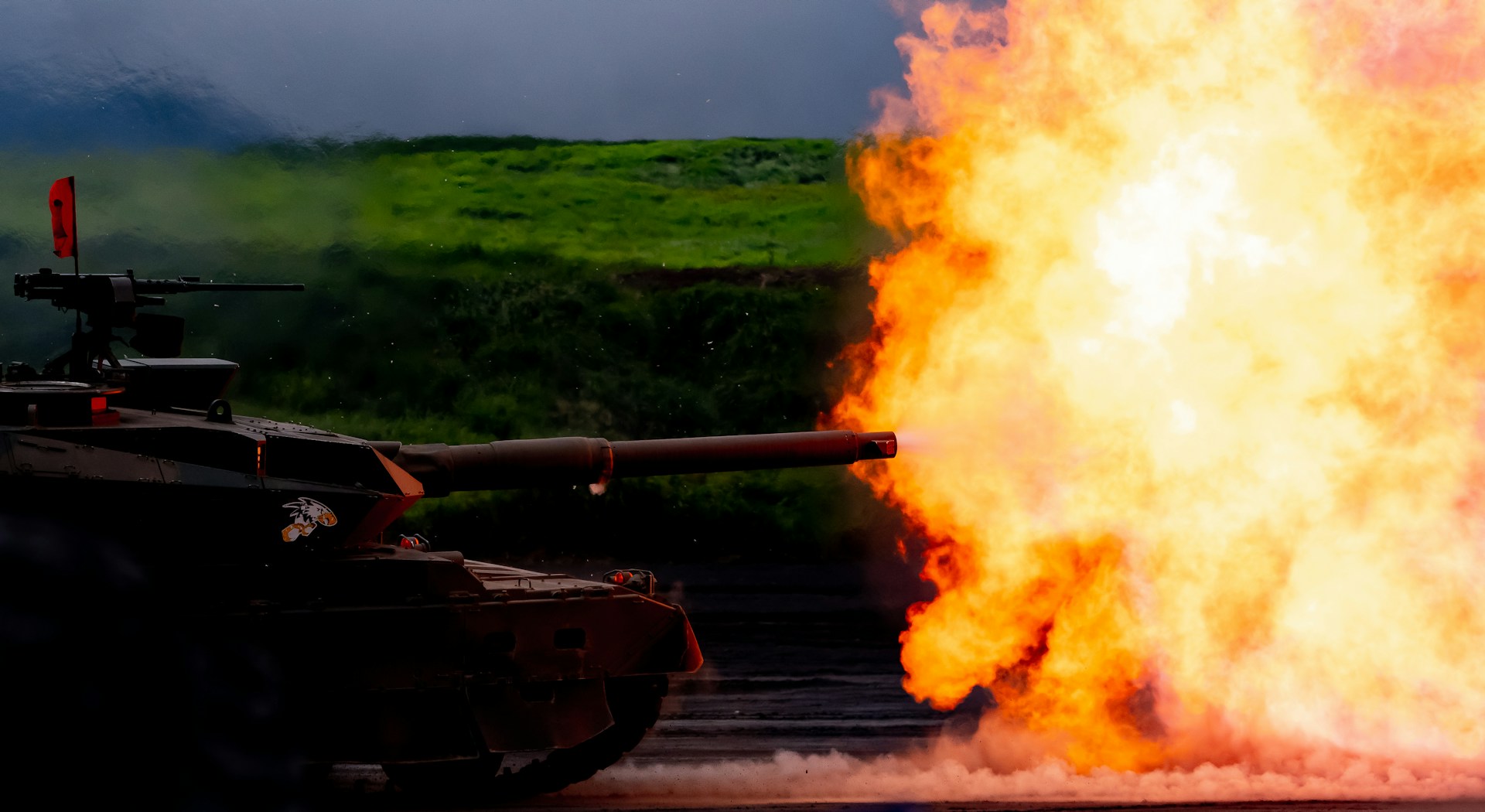Amid the tenth anniversary of Ukraine’s Maidan revolution, as well as the second anniversary of Russia’s formal invasion of the country in late February, Kyiv’s ability to support its army on the frontlines is deteriorating. This has forced Ukraine into a defensive posture and foisted any probability of a 2024 counteroffensive out of reach. New rounds of security aid for the country are increasingly hard to come by among its western allies – particularly the US. Without a massive uptick in assistance, Russia is likely to maintain its advantages in air support, artillery volume, and tank production for the foreseeable future.
When quantifying the losses and expenditures of US-supplied equipment thus far, new orders are broadly canceling out what has been wiped away on the frontlines of Ukraine. More specifically, the number of Bradley IFVs and Abrams tanks that are visually confirmed to have been damaged or destroyed in the Ukrainian war effort have been outnumbered by new orders for these same vehicles since February 2022. Supplies of expensive Patriot PAC-3 air defense missiles will soon be be bolstered by a NATO-backed order for 1,000 new projectiles. Whatever the conclusion of the war in Ukraine turns out to be, its likely to ultimately boost defense contractors’ earnings and prepare the world for a new era of global conflicts.
Related ETF: SPDR S&P Aerospace & Defense ETF (XAR)
A decade into the post-Maidan period in Ukraine, the duration of Russia’s formal invasion of the country has just entered its third year. Within that time, the conflict has drawn resources from virtually every corner of the globe. However, as MRP’s coverage of the war has recently noted, the breadth of assistance flowing to the Ukrainian side has recently narrowed to the lowest level since Q1 2022. This has allowed Russia to swing the initiative in its favor throughout the past several months, and it will likely retain an offensive posture for the duration of the year. Ukraine’s next chance for a counteroffensive may not arrive until 2025 and the potential for such a maneuver will continue to be heavily dependent upon a revival of US and European aid to the country.
Russia is currently advancing at a pace unseen since 2022, as it is conducting “a cohesive multi-axis offensive operation in pursuit of an operationally significant objective for nearly the first time in over a year and a half”, according to a recent report from the Institute for the Study of War (ISW). Advances in the Donetsk Oblast, specifically in the Avdiivka, Bakhmut, and Novomykhailivka directions, are likely setting the stage for a sizeable Spring-Summer offensive that could be focused more broadly throughout the sprawling 1,200km frontline. Moscow’s most pronounced advantages exist in the insurmountable firing rate of its artillery corps, air superiority that allows jets to relentlessly hammer Ukrainian positions in many portions of Eastern Ukraine, and a steady flow of newly-manufactured battle tanks to the front.
Though the EU has sought to address the ammunition issue with lucrative pledges to provide one million shells to Ukraine in the year to March 2024, the bloc has recently disclosed that just over half of that sum will be deliverable in the time period they promised. A large portion of these shells are the product of existing European stockpiles, which have already become thin in recent months. To boost production of new artillery shells and other equipment, some…
To read the complete Intelligence Briefing, current All-Access clients, SIGN IN All-Access clients receive the full-spectrum of MRP’s research, including daily investment insights and unlimited use of our online research archive. For a free trial of MRP’s All-Access membership, or to save 50% on your first year by signing up now, CLICK HERE










